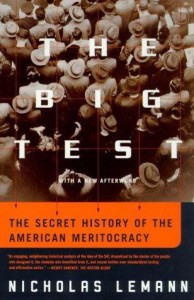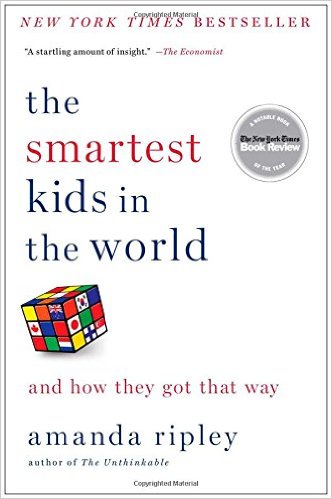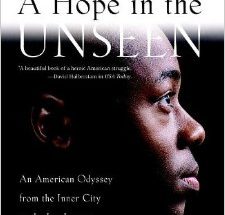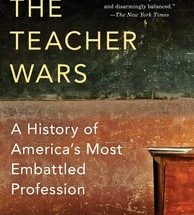
It’s hard to imagine that the SAT once stood for Scholastic Aptitude Test. While it doesn’t stand for anything anymore, it more appropriately should stand for Scholastic Achievement Test. “Achievement” has been the buzz word of the past decade in education. Teachers have been drilled by politicians and administrators that relentless instruction will push any student to achieve, and that standardized tests will demonstrate it.
But as Nicholas Lemann shows in his book The Big Test: The Secret History of the American Meritocracy, this is hardly the future that the fathers of the SAT envisioned. In the book, Lemann tells how the test grew out of a desire to find natural hidden aptitude so that the brightest students could lead the country. It begins with detailed biographies of several key players, including an assistant dean at Harvard named Henry Chauncey. Chauncey dreamed of a grand test that would classify every American student and route them to their destined careers.
The SAT was originally used by Harvard University in the 1930s as a mechanism for giving scholarships to intelligent, needy students in the mold of its president, James Bryant Conant. Conant had a similar grand vision of reorganizing the United States through testing and put Chauncey in charge of the scholarship. With the opportunities for mass testing that World War II provided, Chauncey went on to found and lead the Education Testing Service, or ETS, which now administers the SAT every year.
Conant and Chauncey are steeped in Eastern intellectualism, but the latter half of the book takes an unexpected turn to the West Coast and the benefactors of Conant’s meritocracy. As the aftermath of the civil rights movement gathers steam in higher education, Lemann weaves in the biographies of several ambitious lawyers who at the NAACP’s Legal Defense and Educational Fund in Los Angeles. These are the elite who end up battling for affirmative action in the 1996 election, in which a plan to roll back racial quotas at universities like Berkeley was on the California ballot. The connection to the SAT is that the fight shows the dismantling of opportunity ithat Conant wanted to create but didn’t. The lawyers fighting for it represent the new elite that the SAT actually created.
The battle for affirmative action is an unexpected and disappointing ending to this story, partly because it seems like such a huge leap. The SAT is hardly mentioned in the last 100 pages. From the vantage point of 2012, it’s clear that this book was published a decade too soon. The story of the 2000s, which unfolds after the publication of the book, is one where testing takes over the American public education system. For more and more school students, every test they take every year is a high stakes test as important as the SAT. Former President Bush’s No Child Left Behind initiative, the “No Excuses” charter school movement and President Obama’s Race to the Top program provide a more natural ending to Lemann’s book, though it’s one that’s not yet complete. As a rising backlash against the testing system sparks new controversy, the biggest showdown might occur in the next decade.
Lemann’s story is one where the SAT radically changes America, but creates a society that is the opposite of what its creators envisioned. That was true in the late 90s and even truer now. Overall, The Big Test is a wonderful history that informs of the state of education as we see it today. It’s too bad that a sequel, The Big Tests, isn’t in the works.



